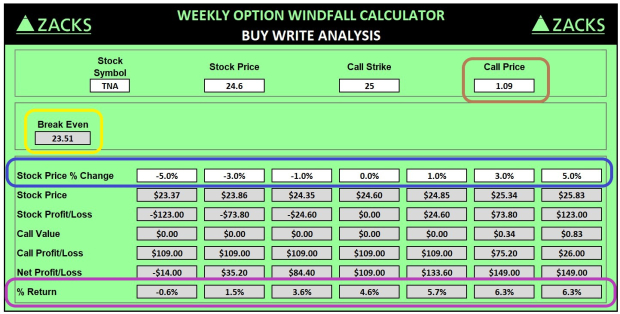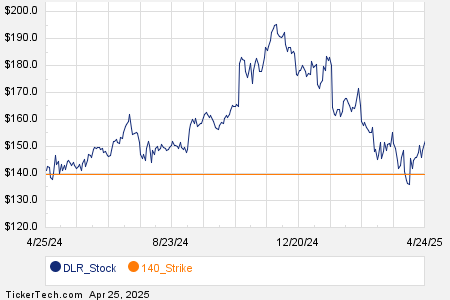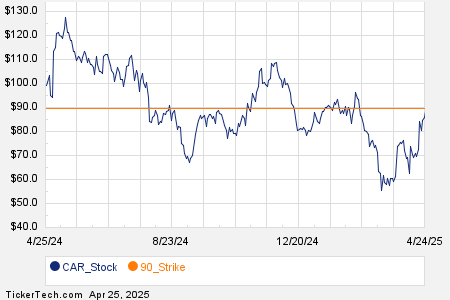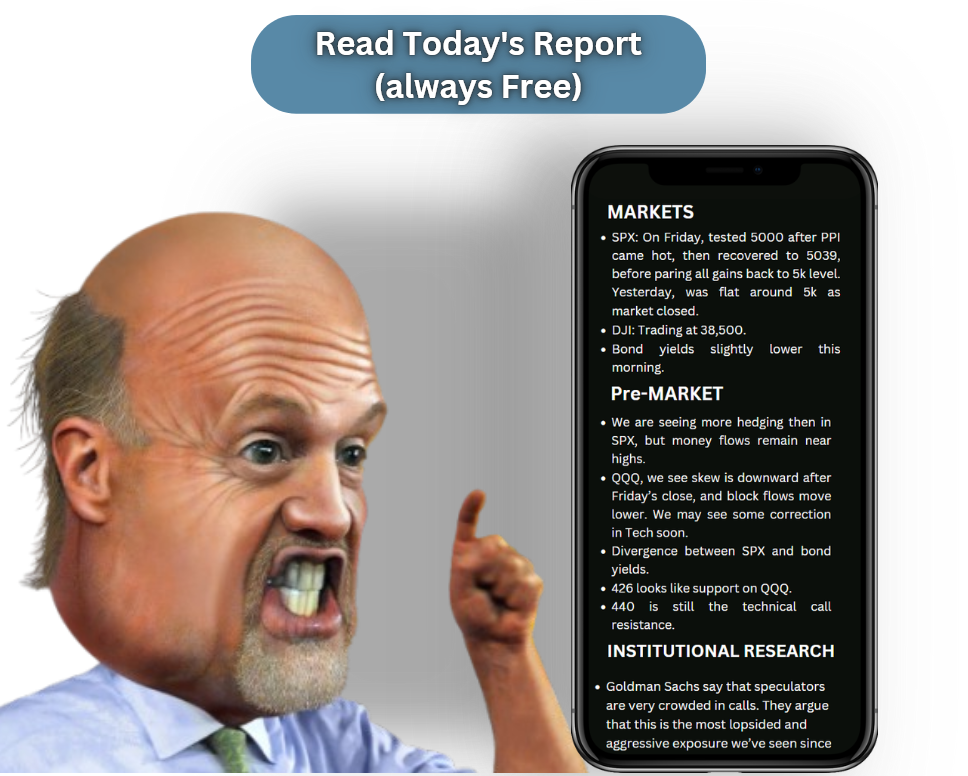U.S. Dollar Shows Strength Amid Mixed Economic Signals
Dollar Index Recovers, U.S. Economic Data Surprises
The dollar index (DXY00) is up by +0.08% today. After experiencing early losses, the dollar has bounced back, maintaining a position just below Wednesday’s two-year high. Stronger-than-expected U.S. economic data has provided support for the dollar. Additionally, the Federal Open Market Committee (FOMC) signaled a decrease of only 50 basis points in interest rates for next year, a revision from the September forecast of a 100 basis point cut. Today, a rise in stock prices has reduced the demand for the dollar.
In the latest report, U.S. weekly initial unemployment claims dropped -22,000 to 220,000, indicating a labor market stronger than the anticipated 230,000.
Surprising Economic Growth and Confidence Indicators
U.S. Q3 GDP was unexpectedly revised upward to 3.1% (quarter-over-quarter annualized), outperforming expectations for no change at 2.8%. Conversely, the Philadelphia Fed’s business outlook survey for December declined unexpectedly by -10.9 to a 20-month low of -16.4, falling short of expectations for a rise to 2.8. Positive news came from the leading indicators for November, which rose by +0.3% month-over-month, against predictions of a -0.1% decline, marking the largest increase in nearly three years.
Existing home sales in the U.S. for November rose by +4.8% month-over-month, reaching an eight-month high of 4.15 million and exceeding expectations of +3.2% to 4.09 million. Market expectations are currently assessing only a 9% chance of a -25 basis point rate cut at the upcoming FOMC meeting on January 28-29.
Eurozone Economic Indicators and ECB Speculations
EUR/USD (^EURUSD) has increased by +0.41% today, with the euro gaining ground after news showed that the German consumer confidence index for January rose more than anticipated. Higher yields on European government bonds have also supported improvements in euro interest rate differentials.
However, Eurozone new car registrations for November dropped -1.9%, totaling 869,816 units. The German GfK consumer confidence index increased by +1.8 to -21.3, exceeding expectations of -22.5. Interestingly, swaps are pricing a 100% chance for a -25 basis point rate cut from the European Central Bank (ECB) at its meeting on January 30, with a 12% probability of a -50 basis point cut.
Japanese Yen Weakens Following BOJ’s Decision
USD/JPY (^USDJPY) has risen by +1.68% today. The yen reached a nearly five-month low against the dollar as the Bank of Japan (BOJ) maintained its interest rates without change. BOJ Governor Ueda indicated there will be no rush to increase rates. The rise in Treasury note yields has also added pressure on the yen.
Ueda’s comments pointed towards a cautious approach, suggesting that clarity on wage trends might not come until around March or April.
Precious Metals Decline Amid Rising Yields
February gold (GCG25) has decreased by -43.10 (-1.63%), while March silver (SIH25) is down -1.395 (-4.54%). Precious metals are experiencing significant declines today, with gold falling to a one-month low and silver to a three-and-a-quarter-month low. The decline results from an earlier surge in the dollar and rising global bond yields, impacting demand for these safe-haven investments.
Nonetheless, geopolitical tensions, such as the collapse of the Syrian government and ongoing conflicts between Ukraine and Russia, continue to provide some support for precious metals. In addition, the upward revision of U.S. Q3 GDP has positively affected silver prices due to its role in industrial demand.
On the date of publication, Rich Asplund did not have (either directly or indirectly) positions in any of the securities mentioned in this article. All information and data in this article are solely for informational purposes. For more information, please view the Barchart Disclosure Policy here.
The views and opinions expressed herein are the views and opinions of the author and do not necessarily reflect those of Nasdaq, Inc.



